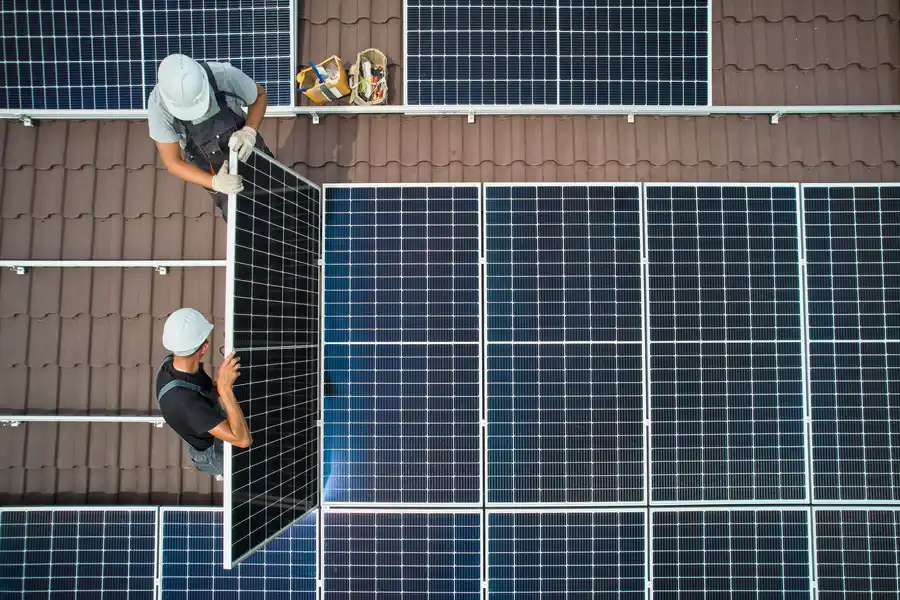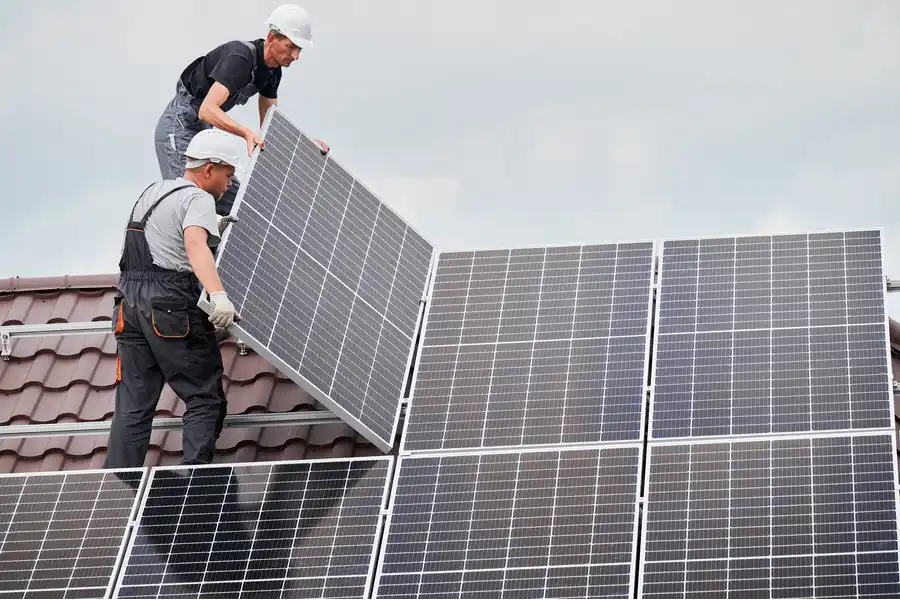Empowering Schools with Renewable Energy Solutions
The importance of renewable energy in today’s world cannot be overstated. With increasing awareness of environmental issues, many sectors are turning to sustainable solutions. One such sector is education. Schools and colleges are exploring new ways to reduce their carbon footprint while educating students about the importance of sustainability. By integrating solar technologies, educational institutions can not only save on energy costs but also provide a rich learning experience for students.
Reducing Energy Costs

Installing solar panels can significantly lower electricity bills for schools. This allows them to allocate more funds toward educational resources. The savings generated from solar energy can be redirected towards hiring more teachers, upgrading technology, or enhancing school facilities. Solar system installation is a practical step toward financial sustainability in the education sector.
Promoting Environmental Awareness
Education plays a crucial role in shaping future generations’ attitudes towards the environment. When schools adopt solar system installation, they become real-life examples of sustainable practices for students. This visual representation of renewable energy encourages students to think critically about environmental issues and inspires them to pursue careers in this field.
Enhancing STEM Education
Solar installations provide excellent opportunities for hands-on learning in science, technology, engineering, and mathematics (STEM). Students can engage with the technical aspects of solar technology, understand its mechanics, and study its impact on energy conservation. These experiences make abstract concepts tangible and foster a deeper understanding of STEM subjects.
Steps to Implement Solar Technology
Implementing solar energy in educational settings involves several key steps:
- Evaluate the school’s current energy needs
- Assess the feasibility of installing solar panels
- Select a reputable solar provider
- Plan and design the installation layout
- Supervise the installation process
- Monitor performance and maintain the system
Challenges in Adopting Solar Solutions
Despite the benefits, some schools face challenges when adopting solar solutions. These include initial setup costs, maintenance concerns, and navigating local regulations. However, various grants and incentives can offset these expenses. Additionally, partnering with experienced providers can ensure compliance with all necessary requirements.
Best Practices for Successful Integration
For successful integration of solar systems in schools, consider the following best practices:
- Engage stakeholders early in the decision-making process
- Conduct thorough research on available technologies
- Incorporate student projects related to renewable energy
- Sustain regular communication with suppliers for optimal maintenance
- Utilize available funding programs and incentives
Financial Considerations and Returns

The return on investment from solar installations can be substantial over time. While upfront costs might be significant, tax credits, grants, and reduced utility bills can make solar energy an economically viable option for schools. Calculating the long-term savings versus expenditures will help institutions make informed decisions.
Take Action Toward Sustainable Education
If your educational institution seeks to embrace sustainable practices, consider partnering with Quantum Beam Solar Systems. Our expertise in renewable energy ensures reliable service and support throughout your transition. Located in Downey, CA, we have successfully guided numerous schools toward greener futures. Call us at (562)589-5038 today to explore your options and start saving energy while enriching your students’ education.
